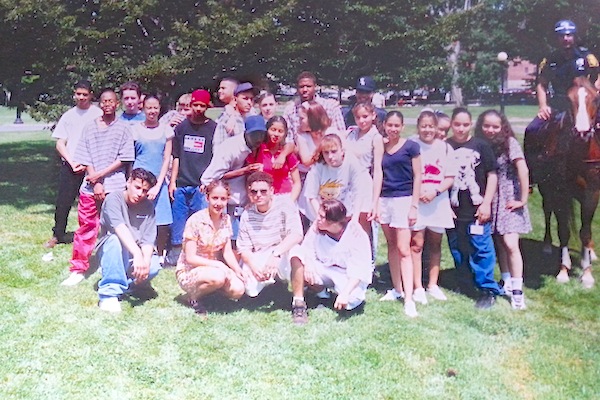
Photo by: Jarrett Murphy
The author was the co-teacher of an SYEP class in his hometown of New Britain in the summer of 1996. Prior to this blog post, it was the most useful thing he’d ever done.
It’s the season of solicitation at City Hall—the period during New York City’s annual budget process when advocacy groups takes turns on the building’s steps making their case for more funding. Today will feature a rally for the Summer Youth Employment Program, an initiative whose value is exceeded only by the absurdity of the annual fight to keep it alive.
SYEP provides two months of 25-hour-a-week work at $8 an hour to 14- to 24-year-olds. It provides real work experience, real money and something to do to working-class, low-income kids. Last year, there were 36,000 SYEP slots in New York City.
At the height of stimulus spending, there were 52,000 slots, but even before that windfall the city typically offered 42,000 SYEP placements. The Department of Youth and Community Development, which administers the program, often receives more than four times as many applications as it has SYEP spots.
It’s no wonder why. Earlier this month the Bureau of Labor Statistics reported that unemployment among 16- to 24-year-olds was at 19 percent.
Mayor de Blasio’s preliminary budget funded just 28,000 SYEP slots. His executive budget added $8.5 million to keep the program’s roster at last year’s level while absorbing the hike in the state minimum wage. Federal and state money also support SYEP, although the city takes the lead role.
The City Council has pushed de Blasio to add an additional $14 million to fund 10,000 extra slots. Today’s 4 p.m. rally, organized by the Campaign for Summer Jobs, which bills itself as “a citywide coalition of nearly 100 community based organizations,” plans to echo that call.







